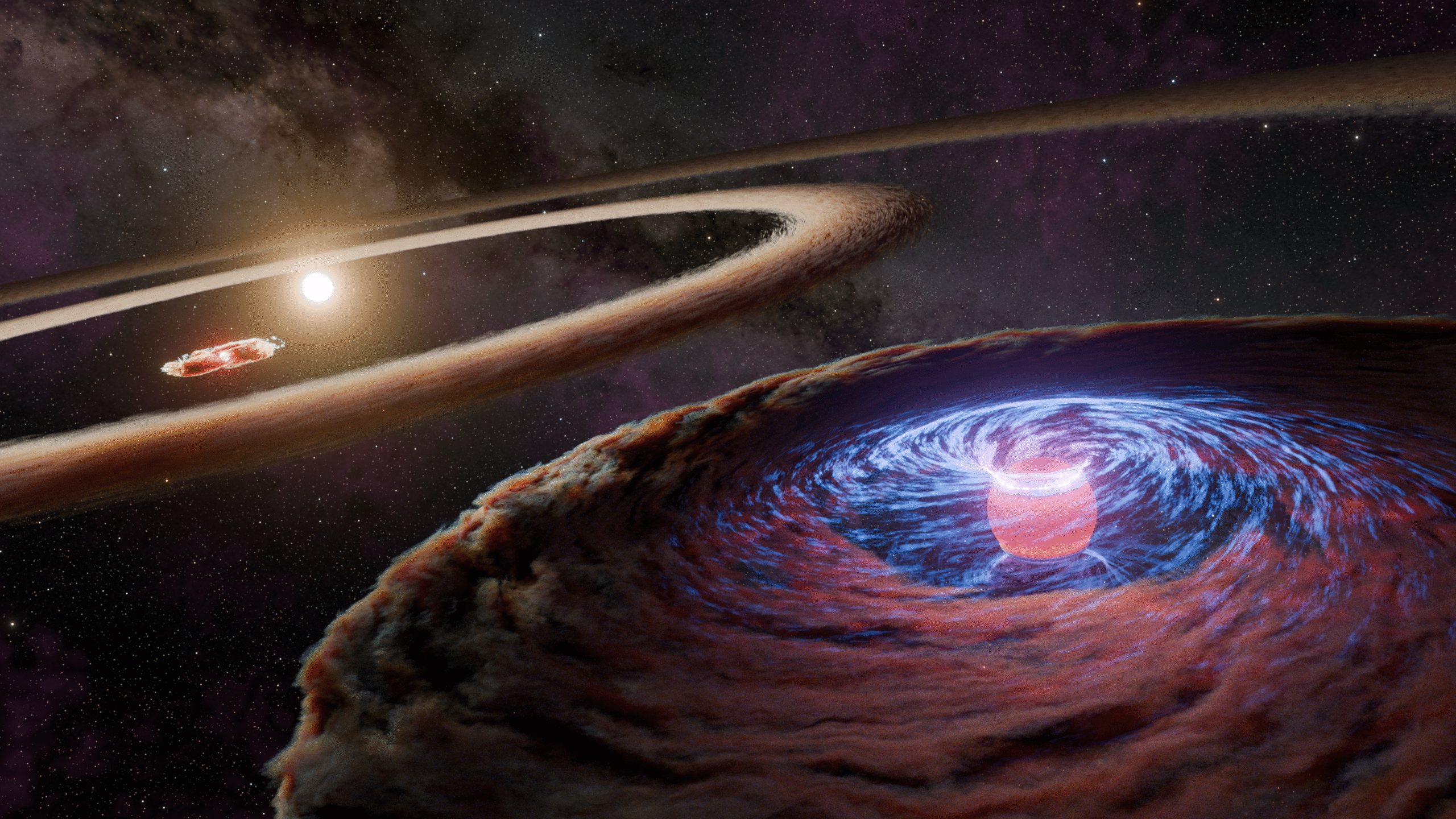NASA’s Juno Dives Beneath Jupiter’s Clouds and Io’s Fiery Crust

JunoCam Delivers Dazzling New Views as Mission Breaks New Ground in Jovian Science
During its 69th close pass by Jupiter on January 28, 2025, NASA’s Juno spacecraft captured a stunning, enhanced-color image of the gas giant’s northern high latitudes from an altitude of 36,000 miles (58,000 kilometers). Taken by JunoCam, the image peeks into a stormy, cyclone-ridden realm unlike anywhere else in the solar system.
But that’s just the surface—literally.
Beneath the Clouds: New Insights into Jupiter and Io
NASA’s Juno spacecraft is pulling back the curtain on some of the solar system’s most extreme environments. With new data pouring in, scientists are decoding the chaotic jet streams racing around Jupiter’s north pole and, for the first time, peering under the surface of Io, the solar system’s most volcanically active world.
Unveiled at the European Geosciences Union General Assembly in Vienna on April 29, the findings open new windows into the inner workings of both Jupiter’s atmosphere and Io’s fiery geology.
“Everything about Jupiter is extreme,” said Juno’s principal investigator Scott Bolton. “Giant polar cyclones bigger than continents, raging jet streams, intense radiation, and a moon that acts like a planet-wide volcano—Juno’s taking us closer to the heart of the action.”
Io’s Inner Heat: A Lava-Fueled Radiator in Space
Though Juno’s Microwave Radiometer (MWR) was designed to probe beneath Jupiter’s thick cloud cover, mission scientists pointed it toward Io for a bonus discovery. By combining MWR data with infrared imagery from the Jovian Infrared Auroral Mapper (JIRAM), the team found telltale signs of heat just under Io’s surface—magma that hasn’t yet cooled or hardened.
“We didn’t expect to see this,” said JPL’s Shannon Brown. “At every latitude and longitude, we saw slowly cooling lava flows just beneath the crust. About 10% of the surface has these hot remnants hiding below.”
Io appears to cool itself like a car radiator, pumping heat from its molten interior to the surface before radiating it out into the freezing vacuum of space. This process may explain how the moon continually refreshes its dramatic surface with fresh lava flows.
Even more stunning: A record-breaking volcanic eruption observed by JIRAM in December 2024 was still active in March 2025—and likely remains so today. Juno is expected to make another close pass by Io on May 6 to gather more data.

Jupiter’s Chilly Secrets and Whirling Giants
Juno’s not just watching volcanoes—it’s listening to Jupiter’s atmosphere. Using a technique called radio occultation, the spacecraft has now completed 26 soundings by bouncing radio waves through the planet’s layers. This method reveals detailed temperature and density profiles of Jupiter’s massive atmosphere.
The standout discovery? Jupiter’s north polar stratospheric cap is about 11°C cooler than surrounding regions and battered by winds topping 100 mph (161 kph).
Storm Systems that Refuse to Die
For years, Juno has kept a watchful eye on the colossal cyclones swirling around Jupiter’s poles. With data from JunoCam and JIRAM, scientists are tracking the movement of these massive storms—including a central polar cyclone ringed by eight smaller ones.
Unlike Earth’s hurricanes, which fade as they move north, Jupiter’s polar cyclones cluster together and persist for years. Thanks to a process called “beta drift,” these storms inch toward the pole over time, only to be deflected by neighboring cyclones in a kind of planetary bumper-car dance.
“It’s like watching a mechanical system of springs,” said Yohai Kaspi, a co-investigator from Israel’s Weizmann Institute. “They bounce, shift, and swirl, locked in a delicate balance.”
These findings are shaping a new model for how atmospheric systems move not just on Jupiter, but potentially on other planets—including Earth.
Juno’s Odyssey Continues
Juno’s evolving orbit keeps delivering fresh perspectives with each pass, allowing the spacecraft to visit never-before-explored regions of the Jovian system. But it’s not without risk—Juno now spends more time in Jupiter’s brutal radiation belts than ever before.
“We built Juno like a tank,” said Bolton. “And every flyby teaches us more about this intense environment.”
About the Mission
The Juno mission is managed by NASA’s Jet Propulsion Laboratory for principal investigator Scott Bolton at the Southwest Research Institute. Juno is part of NASA’s New Frontiers Program, overseen by the agency’s Science Mission Directorate. The spacecraft was built and is operated by Lockheed Martin, with several international and U.S. partners contributing instruments, including the Italian Space Agency.
For more information, visit: NASA’s Juno mission page







